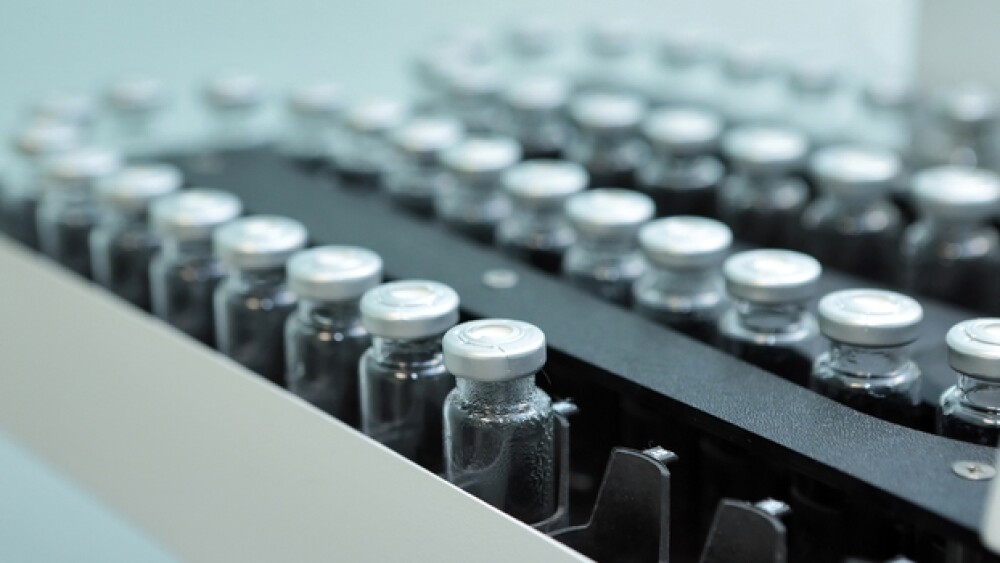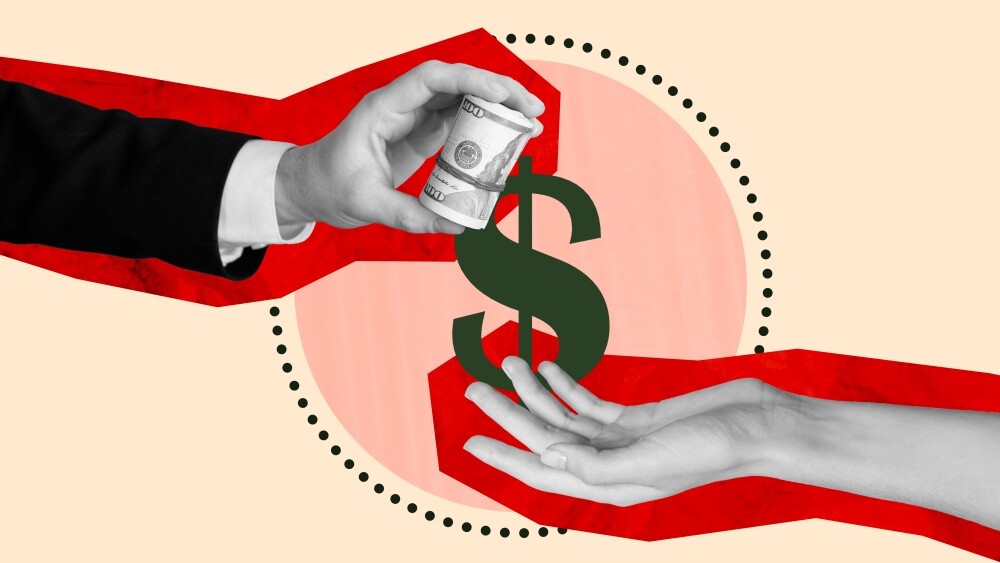One day after Moderna announced its COVID-19 vaccine candidate has moved into Phase II testing, Chief Executive Officer Stéphane Bancel laid out the bad news – if it works, there won’t be enough of the vaccine to be quickly distributed across the globe.
One day after Moderna announced its COVID-19 vaccine candidate has moved into Phase II testing, Chief Executive Officer Stéphane Bancel laid out the bad news – if it works, there won’t be enough of the vaccine to be quickly distributed across the globe.
In an interview with CNBC, Bancel stressed that although the company is ramping up its manufacturing efforts, doses of the vaccine would likely roll out slowly, limiting the number of patients who could receive the medication.
“We will all be supply-constrained for quite some time, meaning we won’t be able to make as many product as will be required to vaccinate everyone on the planet,” he said on CNBC’s show, “Squawk Box.”
The Moderna vaccine candidate, mRNA-1273 is an mRNA vaccine against SARS-CoV-2 that encodes for a prefusion stabilized form of the Spike (S) protein. Development of Moderna’s mRNA vaccine candidate has been supported by a $483 million grant from the Biomedical Advanced Research and Development Authority (BARDA) to accelerate the development of the drug. Bancel said the company is working closely with the government to determine who will receive the first dose of the medication. Bancel said there will be questions of how it will be allocated between front-line healthcare workers who are treating COVID-19 patients, as well as people who are at high risk of the disease. There are also questions about how to get the vaccine to geographic regions like New York and New Jersey that have higher cases of infections.
The mid-stage study is expected to enroll 600 healthy patients. Bancel said it should not be difficult to quickly fill the large number of patients called for in the Phase II study. He said people want to help in order to see society returned to normal. Having a vaccine for COVID-19 available as quickly as possible is one step in helping society return to a greater sense of normalcy.
Bancel said the timeline for Phase II should be “pretty fast” with a goal of beginning Phase III in the early summer, probably late June or early July. He said they are ahead of schedule. The company’s initial timeline was to begin Phase III in the fall. He told CNBC that the vaccine has progressed faster than the best-case scenario he held to in the early part of the year.
“That is a timeline beyond our wildest expectations. It has been because of an incredible collaboration with the FDA, with the NIAID, and people in many companies working closely together…for three months now,” Bancel said.
As the company moves forward with its clinical testing, it has begun to boost manufacturing to support potential approval. Recently, Moderna and Lonza entered into a 10-year collaboration for large-scale manufacture of the company’s vaccine, as well as other potential Moderna products.
Moderna’s vaccine candidate is one of the more promising ones, according to Anthony Fauci, the director of the U.S. National Institute of Allergy and Infectious Diseases, and the scientific face of the White House COVID-19 task force. In addition to the Moderna vaccine candidate, Fauci recently pointed to a candidate under development by researchers at Oxford University’s Jenner Institute. Fauci said that those two candidates are creating substantial immune responses in animal models and said the “promise is great.”





